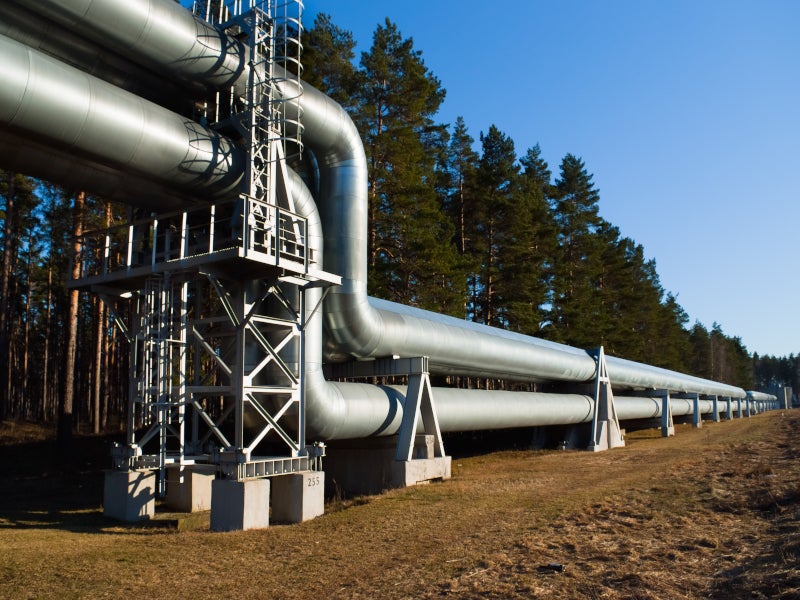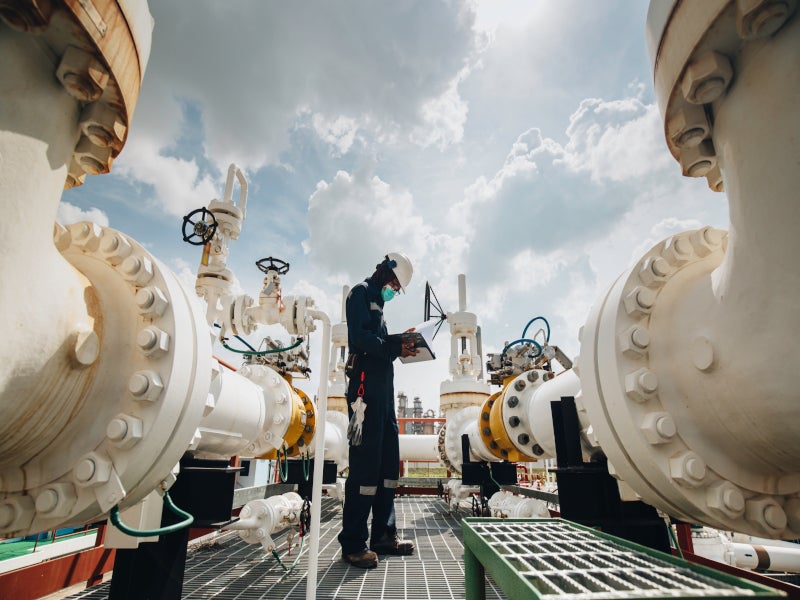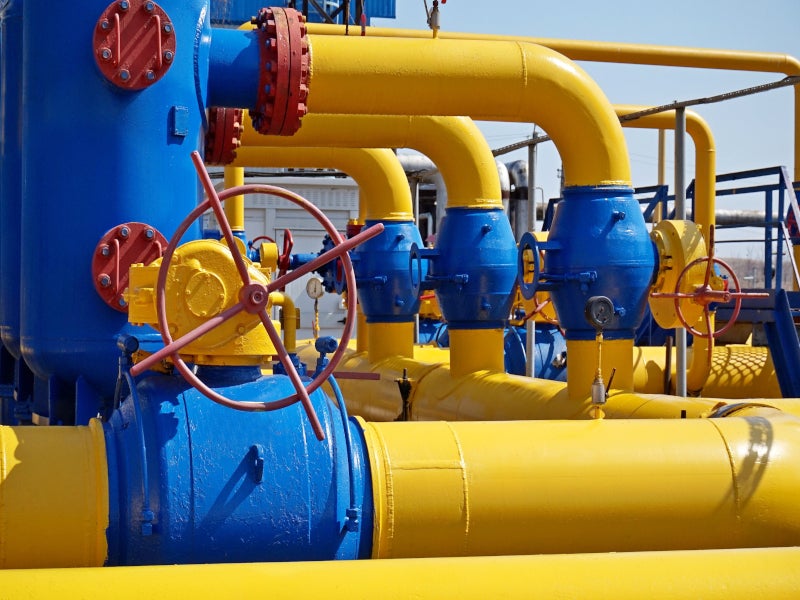The NEBC Connector Project is a natural gas liquids (NGLs) and condensate pipeline being developed from Wonowon to Alberta in Canada.
The pipeline is being developed by NorthRiver Midstream, a Canadian firm specialising in gathering and processing gas, with an estimated investment of $350m. It will consist of two parallel pipelines, each extending approximately 215km in length.
The construction of the pipeline is anticipated to commence in the third quarter of 2024. The pipeline is scheduled to be in service by the second quarter of 2025.
The NEBC Connector Project will originate from the Montney play area in British Columbia (BC), which is experiencing an increase in NGL mix and condensate production but has little local demand for these resources.
It will transport these commodities to downstream markets in Alberta, where there is a significant demand as well as a large installed NGLs fractionation capacity, storage facilities, rail access and market demand for NGLs.
NEBC Connector Project details
The NEBC Connector Project will feature two parallel pipelines, up to 12in in diameter and approximately 215km long. One pipeline will transport natural gas liquids (C3+) mixture primarily composed of propane and butane, while the other pipeline will transport condensate (C5+).
The capacity for the NGL mix will be 6,500 cubic meters per day (m³/d) or 41,000 barrels per day (bpd). The condensate capacity of the pipeline will be 9,100m³/d or 57,000bpd.
The project intends to use hydroelectricity for the pipeline operations, aiming to significantly cut greenhouse gas (GHG) emissions. The initiative represents a significant step towards minimising environmental impact while facilitating the transport of BC’s hydrocarbon resources to markets.
Condensate will be recovered both at the wellhead as field condensate and at natural gas processing plants as plant condensate and pentanes plus.
The construction of the pipeline will cause a disturbance within a 44m wide corridor, which incorporates permanent 20m wide right-of-way and temporary workspace areas necessary for the construction process and the manoeuvring of vehicles and equipment.
Pipeline route
The NEBC connector pipeline will stretch approximately 25km northwest of Wonowon, BC, to the Gordondale area in Alberta, located around 19km east of the BC, Alberta border.
The pipelines will originate at NorthRiver’s Highway Liquids Hub near Wonowon and will terminate in the Gordondale area of Alberta.
At Gordondale, the shippers will receive their products and organise further downstream transport to Fort Saskatchewan.
Contractors involved
Muse, Stancil & Co, a global consulting firm specialising in the energy sector, has been engaged by NorthRiver Midstream to support the application to the Canada Energy Regulator (CER) for approval to construct, own and operate the NEBC Connector Project.
Project benefits
The NEBC Connector Project aims to enhance competition in the pipeline transportation services for NGL mix and condensate from British Columbia to Alberta, offering shippers alternative options. Currently, the Pembina pipeline, with capacities of 11,900m³/d or 75,000bpd for NGL mix and 13,800m³/d or 87,000bpd for condensate, dominates the service in the region.
The project is set to improve the efficiency of resource transportation from BC, which will significantly increase the revenue for the provincial government and Montney region producers.
Additionally, the project will reduce heavy truck traffic in both BC and Alberta, which will alleviate road congestion, lower noise pollution and reduce road maintenance needs. It will also improve transportation safety in both provinces.
An essential environmental advantage of this project is its potential to offer considerable climate change benefits through the substantial reduction of greenhouse gas emissions.




